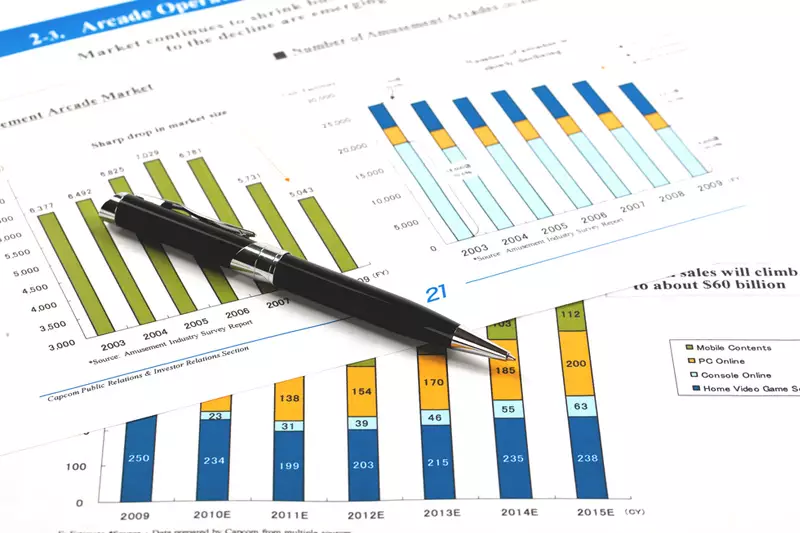As the United States navigates a period of political transition, the foreign exchange market has shown notable fluctuations, reflective of investor sentiment towards upcoming policy changes. The U.S. dollar showcased an impressive recovery on Wednesday, rebounding from a brief downturn that lasted three days, amid heightened anticipation surrounding President-elect Donald Trump’s policy directions. This article analyzes the implications of these forex market dynamics along with the broader geopolitical landscape affecting currency values.
The recovery of the dollar reflects an ongoing “Trump Trade,” wherein expectations surrounding future fiscal policies are heavily influencing market behaviors. Since the election, speculation regarding Trump’s economic agenda — which aims at substantial fiscal spending and potential trade tariffs — have raised expectations of inflation. Such projections are crucial as they diminish the likelihood of aggressive interest rate cuts by the Federal Reserve in the near future. Operational insight from economists suggests that the real impact of these fiscal policies may only become clear once Trump officially assumes office in January. Until then, cautious optimism prevails as investment strategies adjust to this transitional phase.
In stark contrast to the dollar’s recent surge, the Japanese yen recorded a notable decline against the greenback, falling to levels not seen in three months. This shift suggests a weakening demand for traditional safe-haven assets, which typically thrive during uncertain geopolitical climates. Recent statements from Russian officials aimed at reducing nuclear tensions appeared to ease concerns over a potential escalated conflict, which may have contributed to the yen’s drop. Analysts are monitoring whether the Bank of Japan will adopt a more hawkish posture, as the currency approaches a critical threshold that previously triggered market interventions.
Kazuo Ueda, the Governor of the Bank of Japan, has made limited comments regarding the currency’s trajectory. As traders speculate on intervention risks, it is essential to note that strategic verbal interventions may mitigate the necessity for immediate action by government authorities. The locale of intervention sentiment remains a pivotal issue for currency traders.
Amid the complex interplay of domestic policy and foreign relations, market reactions hinge significantly on geopolitical developments. The conflict between Russia and Ukraine has seen a recent de-escalation, which coupled with the current post-election fervor, has created a volatile landscape for forex traders. Analysts, such as Jane Foley from Rabobank, highlight that while current tensions seem to have subsided, fresh developments could instantly impact market dynamics. Hence, investors continuously assess the risk of renewed geopolitical disturbances as they strategize their trades.
The dollar index, a benchmark for the greenback against a basket of major currencies, demonstrated resilience by increasing by approximately 0.5% during recent sessions. Such movements underline the market’s swift adjustments to emerging data and insights concerning economic policies post-election. Nevertheless, it would be prudent for traders to remain cautious, as they navigate through forthcoming economic reports that will shape potential rate adjustments by the Federal Reserve.
As we move into the New Year, the foreign exchange market faces a pivotal juncture — the impacts of Trump’s cabinet appointments and their ramifications for economic policy will have far-reaching influences on the dollar’s strength. The ongoing debate around interest rates reflects a broader market sentiment. Significant drops in anticipated interest rate cuts reveal a cautious approach among traders as they reassess their positions based on evolving economic conditions.
Moreover, currencies such as the British pound and euro reveal mixed signals in the face of economic data. The recent surge in British consumer inflation emphasizes a likely gradual approach by the Bank of England concerning interest rates. While the euro remains under pressure, these developments present a complex tapestry of interest, where shifts can yield potential opportunities for informed traders.
As the global financial landscape evolves with political transitions, the interplay between policy announcements and investor sentiment will remain critical in shaping currency trajectories. The coming weeks and months will be significant as the market awaits greater clarity on the implications of the new U.S. administration’s policies on both domestic and international fronts.

